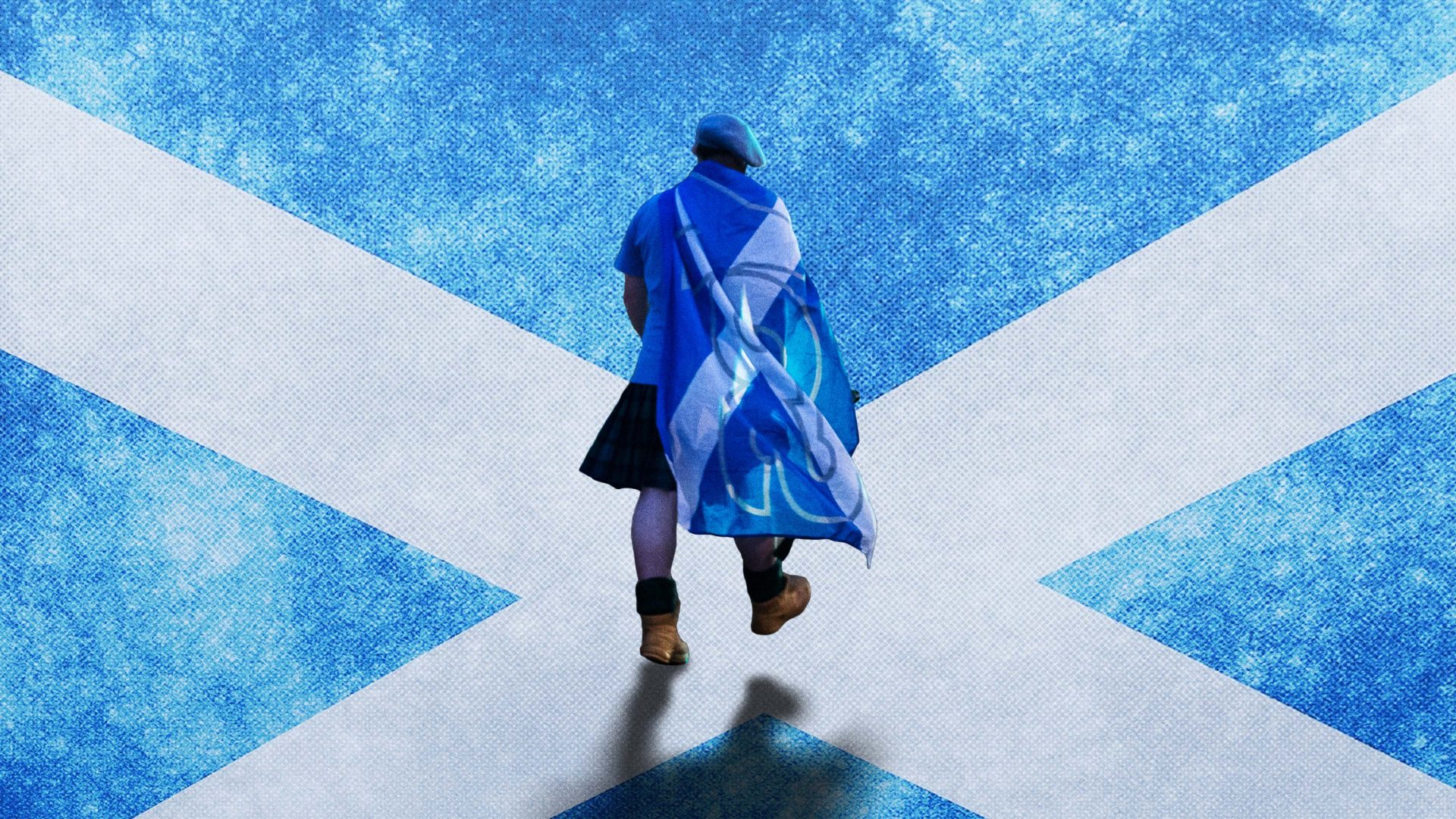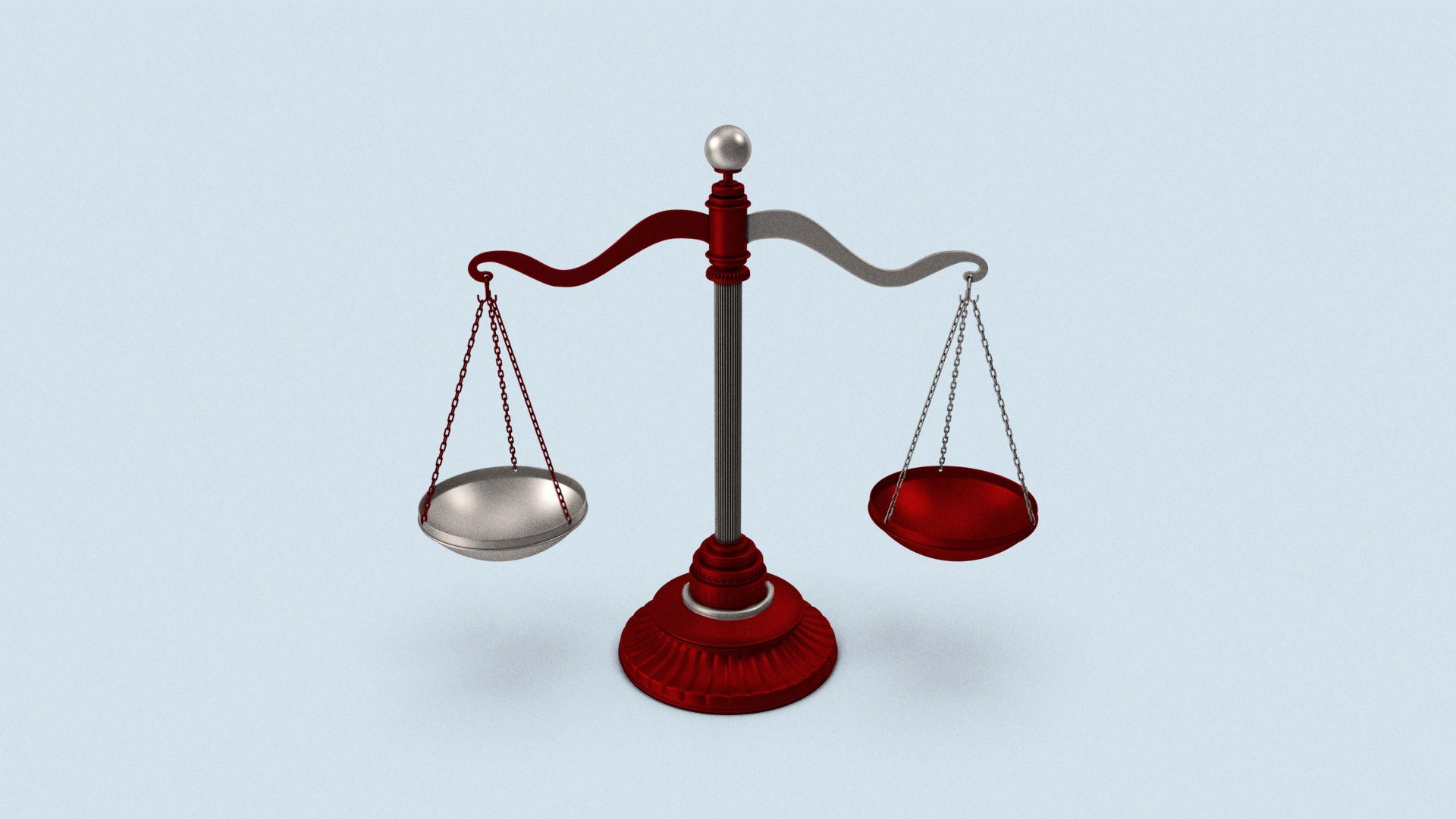A little after dawn, the morning after Scotland’s 2014 independence referendum, I ran into a prominent pro-independence activist. “You must be disappointed,” I asked him. “Aye, a wee bit,” he said. “But mostly I’m relieved that we didn’t win by 52 per cent. 52 per cent is no kind of mandate”.
But it’s what Scotland’s new first minister Humza Yousaf now has. That, and Kate Forbes, his defeated rival, on the back benches, having, it was reported last week, told Yousaf “where to stick” his job offer of cabinet secretary for rural affairs.
Nearly half the party membership wanted Forbes in the top job. Polls suggest she is also more popular than him in the wider public: that she has an ability he lacks to reach out to as-yet unpersuaded No voters.
This week I asked the same pro-independence activist where he thought this chaotic changing of the guard leaves the independence project. “I hope it will lie down in a dark room for a few years and come back rested and reinvented,” he said.
The divisions in the SNP, and the wider independence movement, are now inescapable. Nicola Sturgeon held together a grand coalition by the sheer force of her personality and by the values she articulated and sometimes even embodied. She brought working class former Labour voters into the same tent as an energetic rainbow coalition of young progressives, with the LGBT community at its heart, alongside middle-class Remain voters, in a country that had voted by 62 per cent to stay in the EU.
That unity is gone. There were times during the leadership campaign when the SNP seemed to be burning down its own house. There is a lot of rebuilding to be done. And rethinking.
It has already begun. First this: why, despite Brexit, despite the soaring unpopularity of Boris Johnson in Scotland, did Nicola Sturgeon’s leadership not move the dial on public support for independence? It has remained stuck in the mid- to high- forties, only very seldom breaching the fifty per cent mark before falling back.
Second: the route-map. In the Sturgeon years the route to independence was clear: secure a second referendum by winning landslides at elections that would eventually force Westminster’s hand.
Well, they did win election after election, but Westminster’s hand remained stubbornly unforced. No surge of public outrage greeted the UK Supreme Court’s ruling that the Scottish parliament had no legal authority to call a referendum without Westminster’s permission.
So the Sturgeon route is closed. Was it that that persuaded her to step down? That she saw, finally, only closed doors in front of her, doors that were likely to remain closed too long for her to be the one to lead Scotland to statehood?
Yousaf, the “continuity candidate” is publicly adhering to the Sturgeon route-map. But under the radar, new ideas are being articulated.
Last month, at the height of the leadership campaign, Ben MacPherson, then a junior minister in Sturgeon’s government, used a newspaper article to urge his party to take a more gradualist approach. He said the Scottish government should stop seeking an immediate second referendum and, instead, work constructively with an incoming Labour government to reform the whole UK.
This aligns with ideas that Gordon Brown has been proposing to Keir Starmer. It would transfer more powers from Westminster to Holyrood.
MacPherson said this would allow the Scottish government to “build up state capacity in Scotland”, but within the UK in the first instance. This anticipates a second referendum in the longer term.
And this is the last great rethink that is beginning to take place: rethinking the appropriate use of referendums. One former pro-independence SNP told me that referendums should never be used in a country that is divided down the middle. They should be used only when the result is a foregone conclusion, not to decide the issue, but to give democratic legitimacy to a new settled popular will. This is what happened in 1997 when Scotland voted by three-to-one for to establish its own parliament.
All of which suggests there is a dawning acceptance, especially among younger (Mr MacPherson is 38) members of the SNP that independence is no longer just around the corner.
And age demographics strengthen the gradualist argument. The young overwhelmingly support independence. Only the over 60s chalk up large majorities for the Union.
Bide your time, the gradualists say, and the view on independence will change with the generations. That way, the leap to independence, when it comes, will not seem nearly so big a jump.



